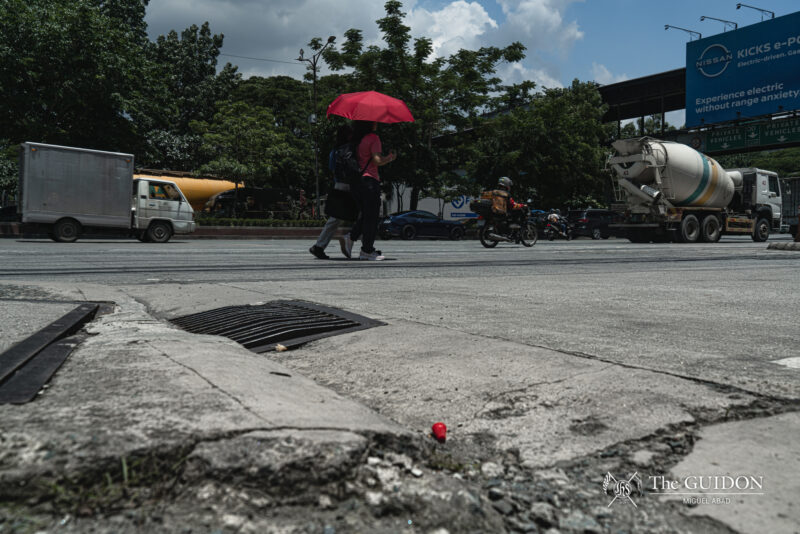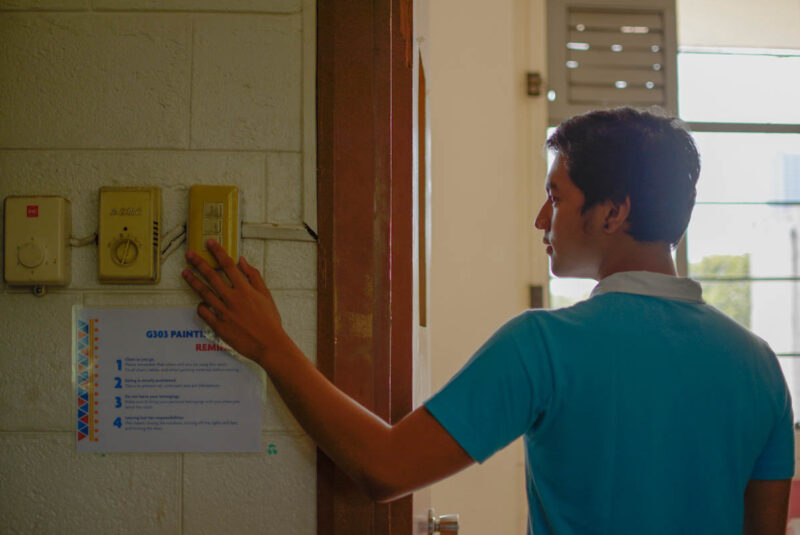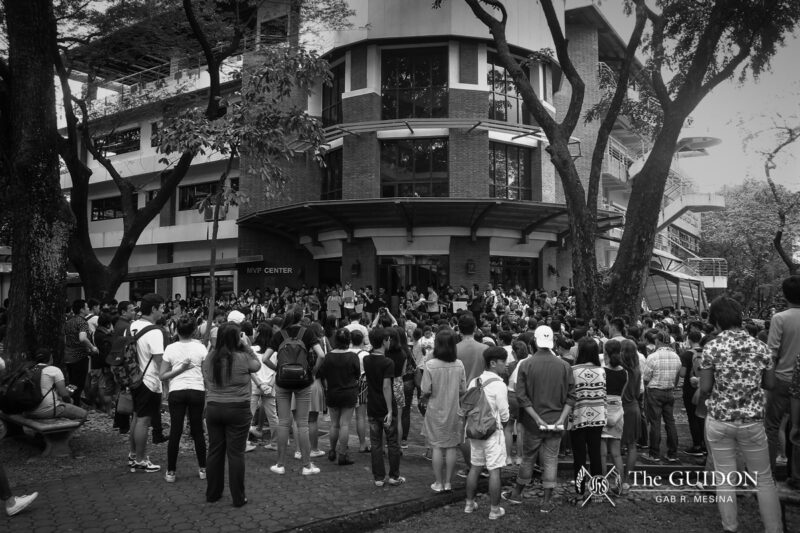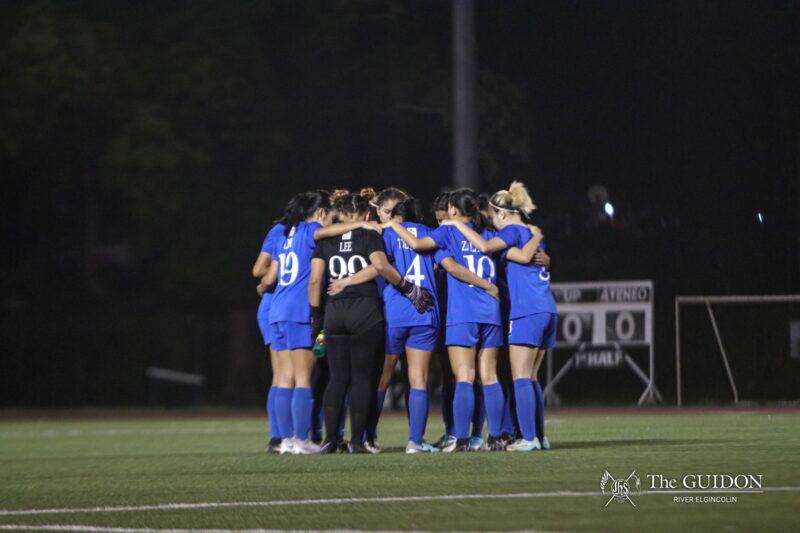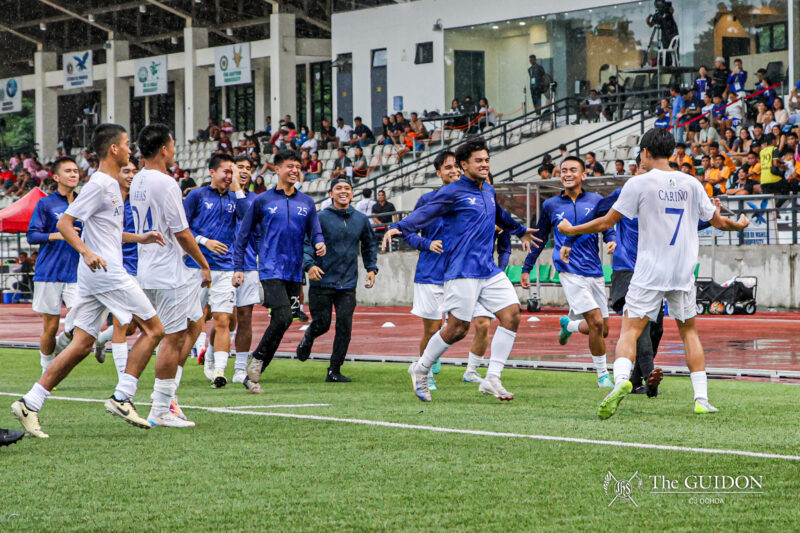In any given year, the Loyola Schools (LS) Discipline Committee is in the process of evaluating around ten cases of plagiarism. This does not mean, however, that all students who plagiarize are reported to the concerned offices.
One of them is Vicky*, a junior. She has committed academic dishonesty by virtue of lifting lines from online sources onto her papers and reports. Because a teacher chose not to report her to the Associate Dean for Student Affairs (ADSA) after being caught plagiarizing during freshman year, she now feels confident in the ‘craft.’
“I do not think my teachers will catch me again,” she says, “so I feel okay [with plagiarism].”
Defending herself, she mentions that the researcher of the plagiarized Supreme Court (SC) decision penned by Associate Justice Mariano del Castillo is also an Atenean, and even used to teach in the Ateneo Law School.
With the advent of high-profile plagiarism cases in recent months—often with the Ateneo being dragged into the controversy—how is the school coping with the rise of intellectual dishonesty among its students?
Jurisprudence and the academe
In the LS Code of Academic Integrity, plagiarism is defined as the “[failure] to give credit to a source, thereby giving the impression that what is actually a borrowed idea or way of saying things is [the writer’s] own.”
Vice President for the Loyola Schools John Paul Vergara explains that most universities determine cases of plagiarism through the “objective act.”
“It’s the face value,” he says. “If there’s a certain work that lacks proper attribution, [that work] is plagiarism.”
Now, however, there is growing concern in the academe about the SC’s seeming redefinition of what constitutes plagiarism. The recent SC ruling on plagiarism prescribed the need for “malicious intent” before an act can be considered plagiarism. According to SC Spokesperson Attorney Midas Marquez, however, two definitions of plagiarism—the judicial and the academic—exist due to differences in context.
“The academic community has academic freedom,” Marquez says. “Therefore, [it] can adopt its own definition.”
Echoing Marquez, ADSA Rene San Andres believes that neither the court nor the academe is redefining plagiarism. San Andres says that the approach to cases of judicial plagiarism presupposes an aim to judge a person, while the approach to cases of academic plagiarism aims “to ensure that the person continuously develops holistically, to bring him or her to the right path of formation.”
“Copy-and-paste generation”
The problem of plagiarism is, of course, not exclusive to the Ateneo. University of the Philippines (UP) Diliman Vice Chancellor for Student Affairs Elizabeth Enriquez for example, notes that there is an increase in reports of plagiarism in the State University.
While pointing out that such a trend is worldwide, Enriquez says that the increase is attributable to the advent of the internet.
“Right now, we have an explosion of knowledge,” she says. Noting the difficulty of identifying plagiarism, she says, “No single faculty member can be acquainted with [every possible published work].”
Nevertheless, Vergara says that the Ateneo has been more vigilant in tracking down plagiarism, especially as he notes the boom of the “copy-and-paste generation.” “Because [it’s] the Age of the Internet, [plagiarism] becomes a little easier,” he says.
Biology Lecturer Ronald Cruz mirrors the views of Enriquez and Vergara.
“I think it’s a sign that students right now are [more] spoiled than what they used to be, given the technological innovations that we have,” says Cruz.
Also a teacher in the Ateneo School of Medicine and Public Health, Cruz recounts having once reported a student who copied a three- to four-page paper from the internet verbatim, without citing the source.
The recent high-profile cases of plagiarism also dispel the notion that plagiarism is committed only by students. Indeed, there have been UP and Ateneo faculty members caught committing the crime.
“We have actually dismissed one [faculty member],” says Enriquez. “And there’s one [whose dismissal] is in progress. These are the very, very young faculty members.”
San Andres reveals that the Ateneo teachers caught plagiarizing were those who were working on postgraduate degrees or undergraduate classes for credit.
In good company
As far as precedents are concerned, Vicky seems to know her stuff. In fact, she cites Manuel V. Pangilinan and the Department Tourism as having both committed the crime.
“[American] Vice President Joseph Biden and Canadian Prime Minister Stephen Harper plagiarized their campaign speeches,” she says as well. She also names Timbaland, Vladimir Putin, and Helen Keller as plagiarists.
Anticipating a similar response from some students, Discipline Committee Member Maria Teresa Tinio hopes that the recent high-profile cases of plagiarism would lead to students’ greater awareness.
“If there’s anything,” she says, “I hope [these high-profile cases] created an impact by reminding us that plagiarism is bad.”
Vergara agrees. For him, the publicity given to the cases increased the community’s consciousness on plagiarism’s criminal nature.
“There is an element of embarrassment,” Vergara says, referring to the Ateneo’s connection to the plagiarism cases. “It would help in that regard.”
Cura personalis
It is noteworthy that plagiarism elicits more lenient sanctions in the Ateneo, compared to, for example, UP Diliman. While both schools impose expulsion as the maximum sanction, the minimum sanction in the Ateneo is only a two- to four-week suspension, compared to UP Diliman’s minimum sanction of a one-year suspension.
San Andres, however, explains the rule of thumb in making a verdict on plagiarism cases in the LS.
“You do not suspend a student for more than the equivalent of nine [class] cuts, because you will be penalizing a student with an academic sanction for a disciplinary offense,” he says.
He adds that if the length of suspension exceeds the equivalent of nine class cuts, the sanction is divided between two semesters. San Andres also says that mitigating and aggravating circumstances are often investigated by the school.
“Because of cura personalis, the committee goes through great pains to understand the unique context [of the accused student],” he says. “Maybe [the student] is rejected for all his life; maybe he just lost his parents; or maybe he is going through a personal trauma.”
However, San Andres says that he is advocating for an ‘institutionalized standardized approach’ in dealing with plagiarism incidents. He wants all cases directed to the ADSA, instead of an informal settlement between the concerned teacher and student.
“We have different ways to deal with things, but we belong to one university,” he says. “We are trying to do our part in curbing dishonesty and corruption in this country.”
Back to basics
Tinio however, thinks that the treatment of plagiarism cases should be different for freshmen students. “For English 11 and English 12 students, we are still in the process of teaching them,” she says.
Tinio does admit, though, that students who committed the crime are aware of their transgression. “Of all the students we talked to,” she says, “99% are aware of what plagiarism is, and that they committed it.”
Tinio theorizes that scholastic background plays a big part in a student’s decision to plagiarize. She tells of a student who claimed that lifting articles from the internet without any citations is a common practice in that student’s high school.
“They get used to it for four years,” she says.
San Andres agrees. “We have even encountered reasons like, ‘In high school, we were taught that research is a matter of cutting and pasting.’”
Beyond the courtrooms
In a memorandum his office released in light of the SC plagiarism ruling, Vergara opines that more than a legal issue, plagiarism is, in fact, a moral issue.
“It is a question of personal discipline and moral character,” the memo reads. “The school’s resolve… goes to the heart of its mission in forming… persons who value truth, respect, gratitude, integrity and justice.”
Enriquez mouths similar lines, saying, “We are not simply factories that produce human beings with diplomas. We [have] a responsibility to society.”
In cognizance of the disturbing trends in academic dishonesty, San Andres finds it fit to issue a strong statement.
“If you more consistently lie or more consistently cheat, chances are, you will become a [cheater], a liar, a trapo, a traitor to the country,” he says.
“If you want to be a person with integrity, you better start practicing now.”
*Name changed to protect the individual.

